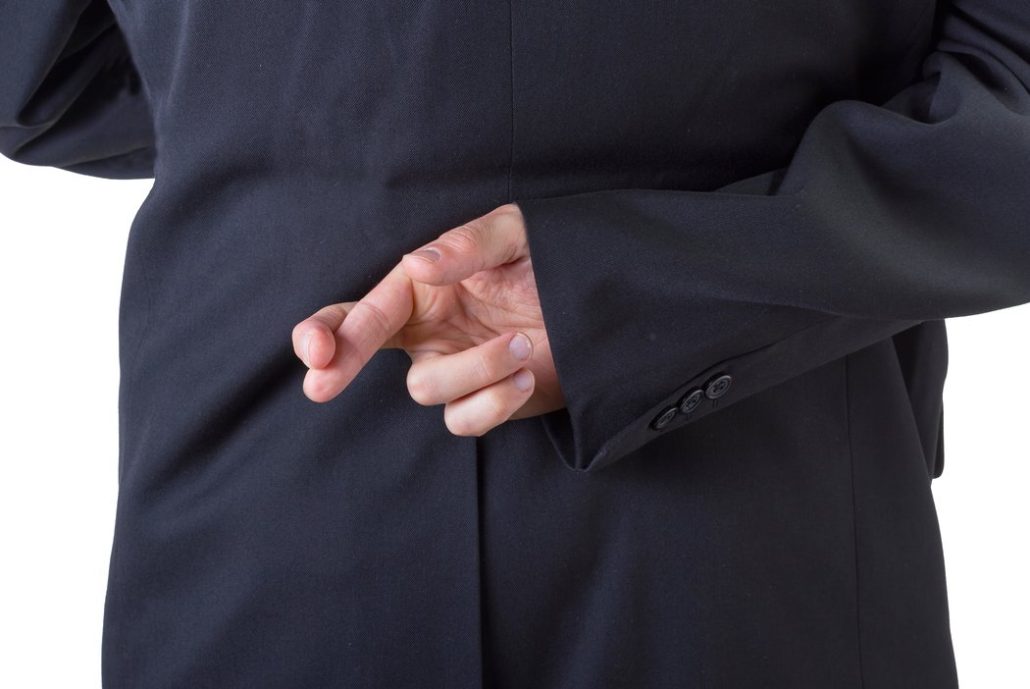How to spot a liar
Most people would agree that being truthful and trustworthy is the foundation of any relationship, yet the reality of our behavior contradicts this. In fact, we are all liars.
We were fascinated by what we learned from Pamela Meyer’s popular TED talk, How to spot a liar.
Meyer is the author of Liespotting, in which she describes the sophisticated techniques used by trained experts to recognize deception. She believes everyone has the ability to become a “lie spotter” which can provide advantages in business and improve personal relationships.
Meyer, working with a team of researchers, collected and reviewed most of the research on deception from such fields as law-enforcement, military, psychology and espionage.
She shares these 6 surprising facts about lying:
- We are all lied to 10 to 200 times per day
- Strangers lie three times within the first 10 minutes of meeting each other
- People lie more to strangers than to co-workers
- Extroverts lie more than introverts
- Men lie 8 times more often about themselves than they do about other people, woman lie more to protect other people
- If you are an average married couple, you will lie to your spouse in one out of every 10 interactions
Meyer explains that lying has evolutionary value and the smarter the species the more likely it is to lie. Humans are “hardwired” to lie and start practicing this ability from early childhood. How we feel about lying and telling the truth is complex. It is part of our daily business and personal lives, part of our culture and our history. Of course, lies range from “white lies” that smooth social situations to the serious business of deception which costs billions.
What can we do to navigate our noisy modern world cluttered with lies – online, in politics, the media, and in our daily interactions?
In her TED talk and book, Meyer describes steps that trained liespotters use to get to the truth. Anyone can learn these techniques because, though there are good liars and bad liars, no liars are unique. They make the same mistakes. You can learn to recognize patterns of deception by identifying telltale speech indicators, decoding body language, facial expressions and actions.
What should we do with this knowledge? Behaviors are not proof of deception but they are red flags. Meyer advises, if you see clusters, “look, listen, probe, ask questions, be curious. Get out of the comfortable mode of knowing.” Meyer wants to empower people to use the science of recognizing deception and the techniques of looking and listening because, “lying is a cooperative act. A lie has no power by its mere utterance. Its power emerges when someone else agrees to believe the lie.” We all have the ability to help make the world a more honest place.
Character and integrity matter. We would all like to have someone on our team who is trained to recognize the truth – whether in business dealings, key negotiations or in the role of interviewer. Check out Meyer’s TED talk or book and perhaps you will become that person!



